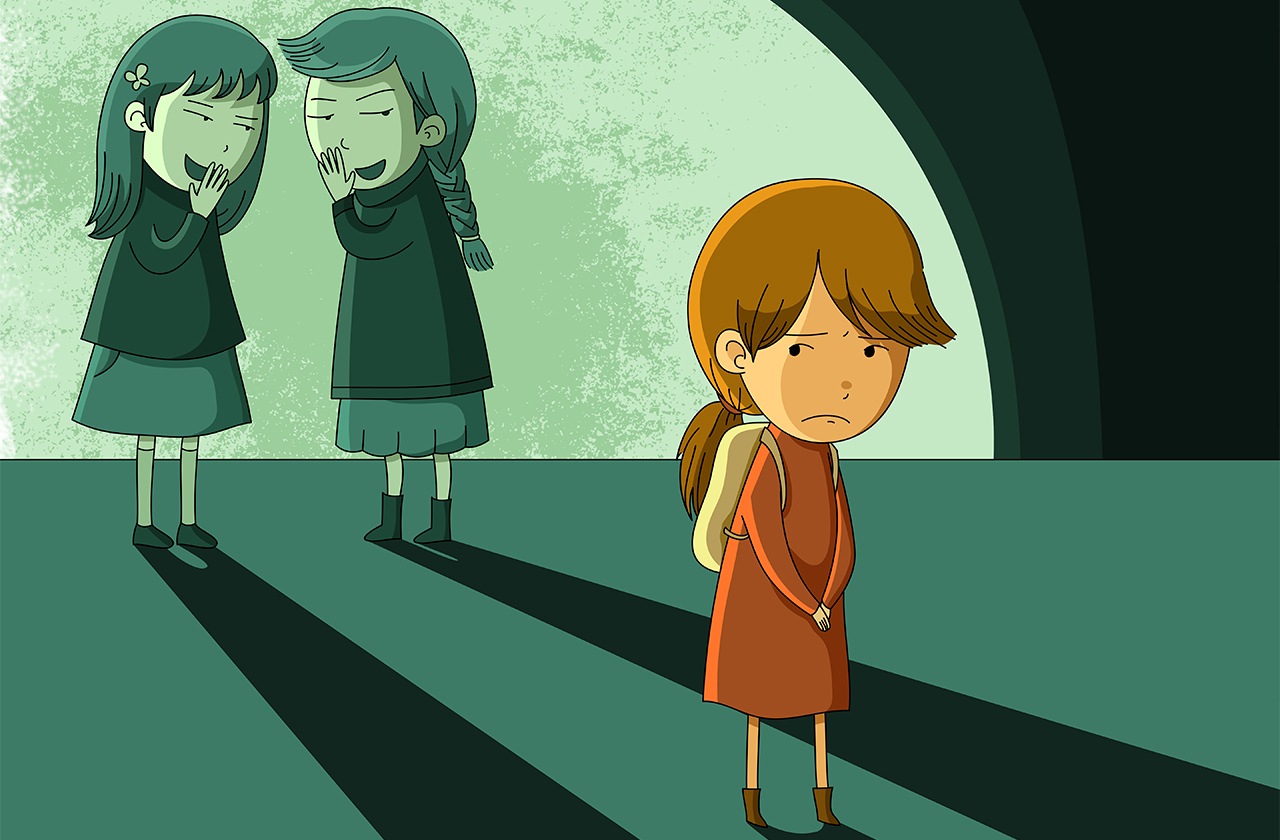
Jochen Michels, Director, Public Affairs, Europe
In today’s connected world, children grow up surrounded by digital screens, social platforms, and online games. While these spaces inspire creativity, learning, and friendship, they can also become environments where harm takes root. Cyberbullying – the act of harassing, intimidating, or excluding others online – is a widespread and deeply damaging risk that young people face today.
Cyberbullying can take many forms. It is more than just hurtful comments or online teasing – it can include verbal and visual abuse, such as insults, threats, or the sharing of embarrassing or intimate photos and videos. It can also involve social exclusion, such as intentionally leaving someone out of online groups, or harassment through repeated and unwanted contact or behavior. Moreover, it occurs across all kinds of platforms – not only on social media, but also in gaming communities, messaging apps, and online forums where young people gather.
Kaspersky’s global research highlights how serious the impact of cyberbullying can be. In a recent survey, more than a quarter of parents (27%) said their child had been involved in cyberbullying, either as a victim, a perpetrator, or a witness. Children themselves report high levels of exposure: 12% say they have been directly bullied online, and more than a quarter know someone who has experienced it.
The effects can be devastating. They include loss of self-esteem, reduced social activity, depression, and declining academic performance. Particularly worrying is the finding that, among children under 14, cyberbullying has even been linked to eating disorders such as anorexia. As technology continues to evolve, new forms of harm are emerging. One example is deepfake-based bullying, where victims’ faces are digitally inserted into compromising images or videos. While still relatively rare, this type of abuse could become far more common if not addressed early.

At Kaspersky, our daily work gives us a deep understanding of digital threats, including those that go beyond malware or hacking. Combating cyberbullying is part of our broader mission to create a safer and more respectful digital world for everyone. We therefore welcome the European Commission’s initiative to develop a comprehensive EU Action Plan against Cyberbullying and were proud to contribute our expertise to the official consultation to help shape effective and lasting solutions.
To make real progress, several elements must come together – from education and prevention to stronger protection and support:
Building digital resilience
Education, awareness, and empathy are essential in the fight against cyberbullying. Combating it requires a collective effort that brings together schools, teachers, and parents. Digital literacy should be a core part of education, helping students understand online behavior, recognize the signs of cyberbullying, and know how to respond safely. Schools can nurture empathy and respect in digital interactions, ensuring that kindness and accountability guide how young people engage online. Teachers also play a critical role. With the right training and resources, they can spot early warning signs, address incidents effectively, and create supportive environments where students feel safe to speak up.
Parents are equally important in preventing cyberbullying. By staying engaged in their children’s online lives, talking openly about digital experiences, setting clear boundaries, and keeping up to date with new platforms, they can help prevent harm before it happens. Workshops, parent–teacher meetings, and online safety guides offer valuable support in strengthening this dialog.
Together, these measures not only help children navigate the online world but also empower them to thrive in it.
Incident Reporting
Clear and consistent reporting mechanisms for cyberbullying incidents are also essential. Every report should be handled swiftly and effectively, ensuring that victims receive appropriate support. This includes removing or blocking harmful content and providing access to counseling, helplines, and peer assistance.
Policy recommendations
We recommend a coordinated EU approach built around three key priorities: prevention and education, effective measures and support for victims, and strong collaboration across sectors. A solid regulatory framework is a necessary foundation. Existing EU initiatives such as the Digital Services Act (DSA), the Better Internet for Kids strategy (BIK+) and the EU-wide network of Safer Internet Centers already provide important tools, but they must be regularly reviewed and updated to address the evolving challenges faced by young users.
Collaboration is equally important. EU Member States should share best practices and align their policies to ensure a consistent approach across the Union. Industry stakeholders, including social media platforms, gaming communities, and other digital environments, must work closely with policymakers to make online spaces safer. Civil society organizations should also be actively involved, offering guidance, research, and mental health support. By working together, Europe can build a safer digital environment for all minors and foster a culture of empathy, respect, and responsibility online.
